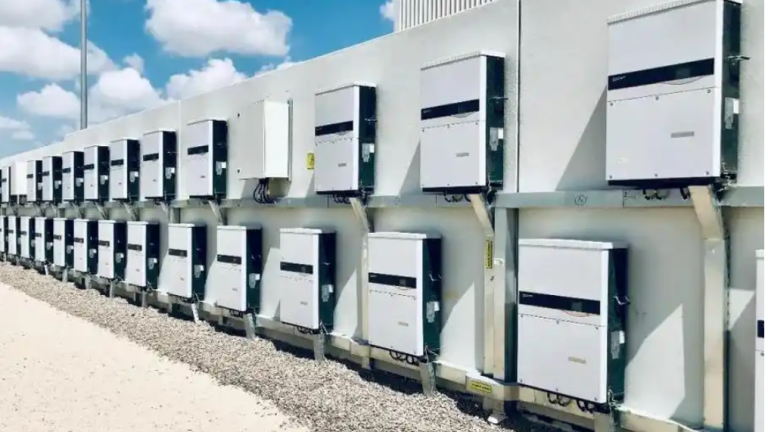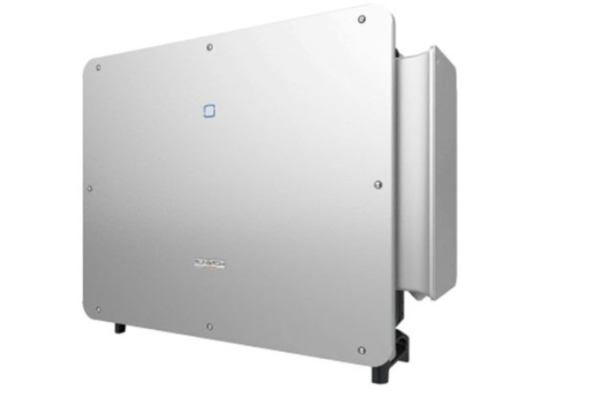How to Configure Inverters for Global Markets Without Violating Local Regulations
As the global solar + storage market expands, small and medium-sized exporters and integrators are increasingly supplying systems across borders. But one mistake can ruin an entire shipment or project: failing to configure country-specific inverter settings for grid compliance.
Inverters are not plug-and-play across regions. Grid codes vary by country — and sometimes by region or utility — requiring precise configuration to avoid certification issues, safety hazards, or system lockouts.
This article explains what those settings are, why they matter, and how to manage them across your projects and product exports.
Why Grid Compliance Matters
Grid compliance ensures that an inverter:
- Doesn’t destabilize the local grid (voltage, frequency, reactive power)
- Communicates correctly with grid management systems
- Shuts down safely during a fault or blackout (anti-islanding)
- Meets government or utility mandates for feed-in behavior or export control
Failure to comply can result in:
- Rejected installations by inspectors
- Delayed permits
- Voided warranties
- Penalties or forced shutdowns
Core Inverter Settings That Vary by Country
| Setting Type | What It Does |
|---|---|
| Grid Frequency | Operates within local grid frequency (e.g., 50Hz or 60Hz) |
| Voltage Windows | Acceptable AC voltage range for inverter to sync |
| Anti-Islanding Settings | Disables power export during grid outage |
| Active/Reactive Power | Controls power factor and grid support (e.g., Q(V), P(f)) |
| Ramp-Up/Down Rates | Controls how quickly power output adjusts |
| Export Limitation | Limits how much power is sent back to grid (if required) |
| Remote Control Protocols | Support for utility commands (Modbus, Sunspec, etc.) |
Examples of Country-Specific Grid Requirements
🇩🇪 Germany (VDE-AR-N 4105, 4110)
- Reactive power control required
- Power output throttled based on grid conditions
- Detailed remote control support via Modbus or ripple control
🇦🇺 Australia (AS/NZS 4777.2)
- Mandatory anti-islanding and frequency ride-through
- Dynamic power factor and voltage response curves
- Solar export limits in some states (e.g., SA, VIC)
🇺🇸 USA (IEEE 1547, UL 1741 SA/CSIP)
- Frequency-Watt and Volt-Var functions
- Anti-islanding with local certification
- Smart inverter communication requirements by utility (SunSpec Modbus)
🇬🇧 UK (G98/G99 Standards)
- Pre-configured settings required for systems under 16A per phase
- Must support remote disconnection
- DNO (Distribution Network Operator) approval required
🇿🇦 South Africa (NRS 097-2-1)
- Power factor: 1.0 unless otherwise instructed
- No export to grid in most regions
- Local authorities may enforce specific shutdown logic
How to Manage Settings as an Exporter or Installer
✅ Choose Inverters with Pre-Loaded Country Profiles
Many hybrid inverter brands now include preloaded region settings (e.g., “Germany Mode,” “South Africa Mode”) selectable through:
- LCD display menu
- WiFi app or software tool
- DIP switches for offline setup
✅ Use Remote Configuration Tools
Modern systems allow installer-level access to grid parameters via:
- Web-based portals
- Mobile apps
- Modbus commands
Always lock settings after installation to prevent end-user tampering.
✅ Partner with Local Advisors
For unfamiliar markets, consult with:
- Local distributors who understand compliance
- Installers or inspectors who know what’s enforced
- Utilities for project pre-approval
✅ Include Region Settings in Shipping Docs
Add a line like:
“Factory configured to [Country] grid standards, [Version]”
This helps customs, installers, and utility staff quickly verify compliance.
Red Flags and Common Mistakes
- ❌ Using 60Hz inverter in a 50Hz country
- ❌ Forgetting to activate anti-islanding protection
- ❌ Not enabling export limits where required
- ❌ Using outdated firmware without local grid profiles
- ❌ Assuming “default mode” works globally — it doesn’t
Inverter settings are not universal. If you are exporting or installing solar + storage systems in multiple countries, you must master how to apply and verify local grid compliance — or risk system failure, fines, or customer loss.









